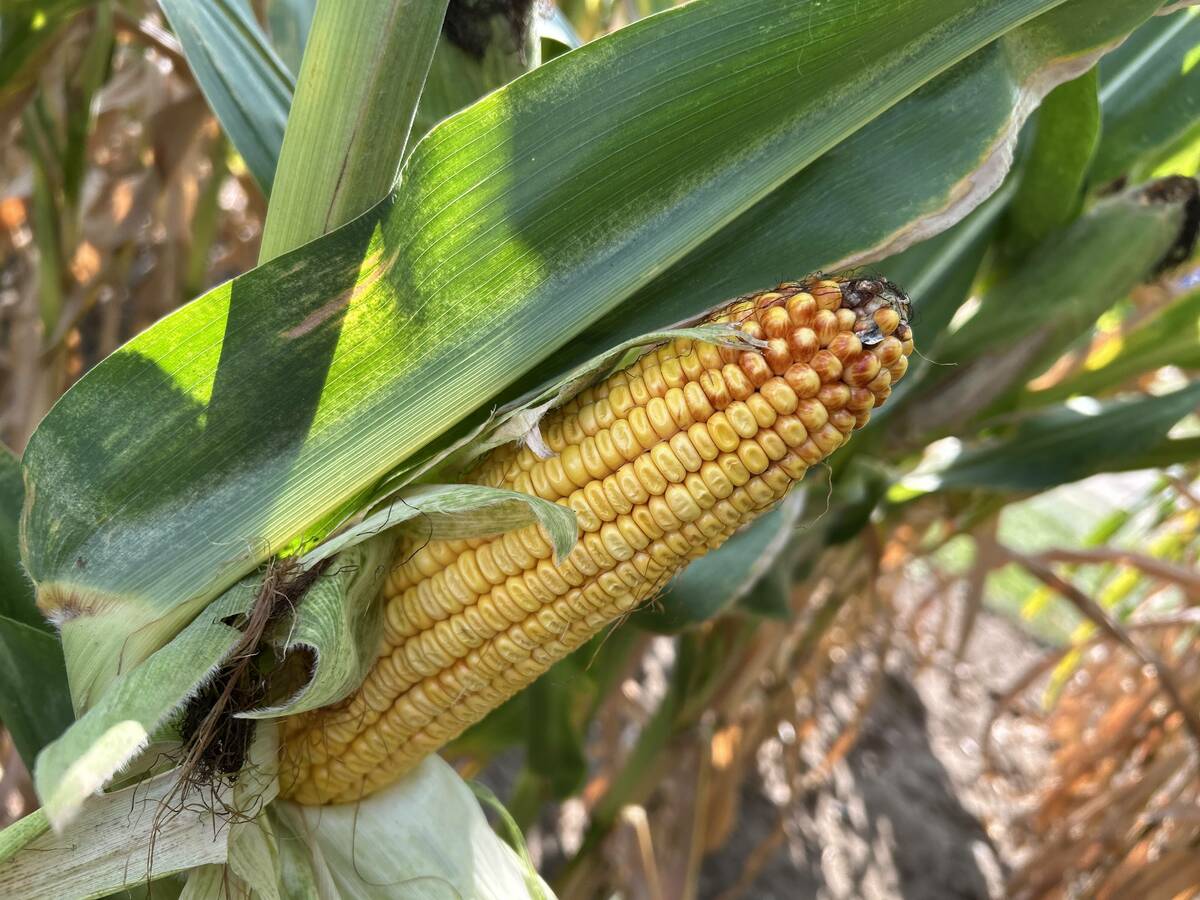This cattle market information is selected from the weekly report from Canfax, a division of the Canadian Cattlemen’s Association. More market information, analysis and statistics are available by becoming a Canfax subscriber by calling 403-275-5110 or at www.canfax.ca.
FED CATTLE NEAR RECORD HIGH
Few cattle are moving on the cash market because most available cattle have been sold on a contracted basis.
Cash offerings might increase in March because feedlots have held back cattle. Some contracted cattle might also be pushed back to March.
Read Also

Crop estimates show mixed results
Model-based estimates used by Statistics Canada showed the 2025/26 crop year has seen increases in canola, corn for grain, oats and lentils production while seeing dips in spring wheat, durum wheat, soybeans and barley in comparison to 2024/25.
The cash market was mixed last week with one packer doing most of the buying. Cash prices were strong in light volume.
The Canfax average steer price was $189.21 per hundredweight, just $2 shy of the record high set in January and up $54.12 from the same time last year. The cash-to-futures basis improved and is stronger than the five-year average.
Alberta steers on a rail grade basis ranged $314.50-$318.50.
U.S. packer interest was quiet. Most Canadian fed cattle going south are forward contracted.
Canadian weekly fed exports to the United States have ranged 3,300-4,600 head in recent weeks, which is down from 6,000-7,900 over the same period last year.
Packers have little incentive to increase production and with more cattle available in March, prices might be pressured.
Reuters said cash cattle in Kansas last week moved at US$160 per cwt., $2 lower than the previous week. Nebraska cash cattle sold at $158 to $160, down as much as $4.
COWS POST RECORD HIGHS
D1, D2 cows ranged C$130-$147 to average $138.08 per cwt., up $2.58. D3 cows ranged $118-$130 to average $124.67, up $4.17.
This might not be the seasonal high because prices normally rise into the spring.
Western Canadian weekly cow slaughter was fairly consistent over the past three weeks, ranging 8,000-8,500 head. Packers could be forced to cut kill levels because non-fed volumes trading through commercial auctions have tightened considerable recently.
Alberta D1, D2 cows are fetching a premium over U.S. utility cows. This last happened in May 2013.
FEEDERS MIXED
Steers traded unevenly lower, while heifers showed modest strength.
The cash market remains strong with good demand and moderate supplies, despite futures market and Canadian dollar volatility.
Prices of calves 500-800 pounds gained on 800 lb. and heavier steers, with the spread at about $70.
The increasing number of heavy feeders and the relatively low cost of gain support this trend.
Weekly auction volumes increased but continued to run lower than a year ago.
Canfax expects feeder numbers to remain tight, given the large exports since last fall. Many more are booked to go south through March.
Local demand remains strong, and the feeder and calf market is well supported unless there is a big swing in the futures market or the dollar.
Bred cows ranged $2,165-$3,400, and bred heifers ranged $2,400-$3,500.
BEEF EDGES HIGHER
U.S. beef cut-out values rose with Choice up 82 cents at US$239.92 per cwt. and Select up $1.52 at $236.71.
Trade interruptions at west coast ports resulted in a 10 percent in-crease in beef inventories in cold storage at the end of January from the previous month and a 14 percent increase from last year.
The Montreal wholesale price for delivery this week was steady at C$318-$320 per cwt.
U.S. CATTLE ON FEED
The U.S. cattle on feed supply was 10.711 million Feb. 1, almost un-changed from the previous year.
January placements fell 11 percent to 1.787 million.
January marketings fell nine percent to 1.625 million.
Other disappearance rose eight percent to 77,000.
Placements were a little higher than expected, and marketings were slightly fewer than anticipated.














